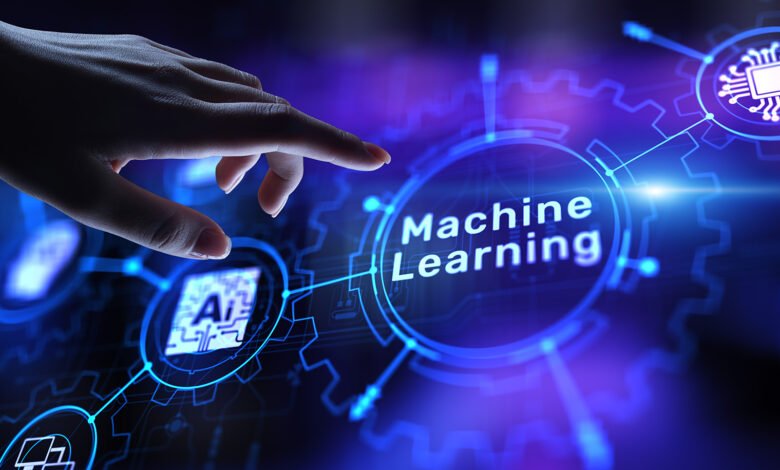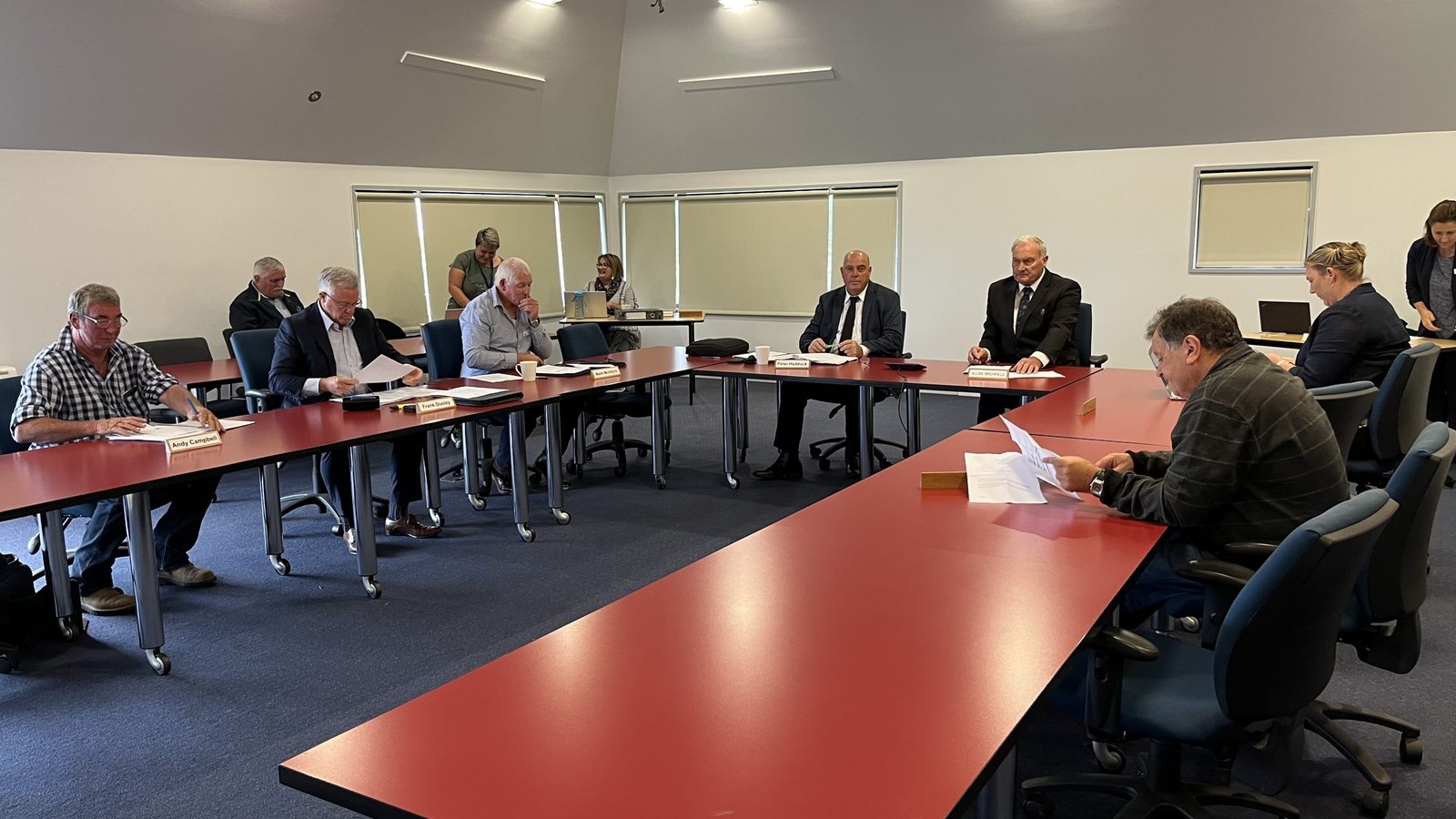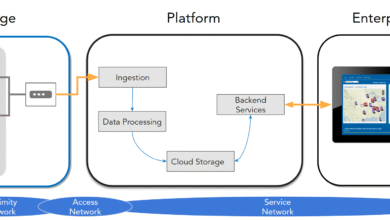
The artificial intelligence and Machine Learning Events landscape is evolving at breakneck speed, making networking at AI events more crucial than ever for professionals seeking to advance their careers. With the global AI market projected to reach unprecedented heights, AI conferences and machine learning events have become essential platforms for knowledge sharing, collaboration, and career development. Whether you’re a data scientist, ML engineer, researcher, or business leader looking to leverage AI technologies, mastering the art of effective networking at these gatherings can significantly impact your professional trajectory.
Professional networking in AI extends far beyond exchanging business cards—it’s about building meaningful relationships that foster innovation, create learning opportunities, and open doors to groundbreaking collaborations. The unique nature of AI and machine learning conferences presents distinct networking challenges and opportunities that require strategic preparation and execution. Unlike traditional business networking events, AI conferences bring together diverse stakeholders, including researchers, practitioners, entrepreneurs, investors, and technology leaders, each with varying expertise levels and objectives.
Today’s machine learning networking events offer unprecedented access to industry pioneers, emerging technologies, and cutting-edge research findings. From intimate workshops to large-scale international conferences, these events provide multiple touchpoints for meaningful professional connections. However, the technical complexity and rapid pace of AI development can make networking intimidating for newcomers while presenting unique opportunities for seasoned professionals to deepen existing relationships and forge new partnerships.
Strategic networking approaches tailored specifically for AI events can help attendees maximize their investment in conference participation. By the unique dynamics of AI communities, preparing targeted networking strategies, and leveraging both in-person and virtual networking opportunities, professionals can build lasting connections that accelerate their careers and contribute to the advancement of artificial intelligence and machine learning fields.
The AI and Machine Learning Networking Landscape
The AI networking ecosystem encompasses a diverse array of professionals, each bringing unique perspectives and objectives to conferences and events. This landscape is fundamental to developing effective networking strategies that resonate with different stakeholder groups and maximize relationship-building opportunities.
Machine learning professionals at these events typically fall into several distinct categories: academic researchers focused on theoretical breakthroughs, industry practitioners implementing real-world solutions, startup founders developing innovative AI products, enterprise executives exploring AI adoption strategies, and investors seeking promising AI ventures. Each group has specific networking goals, communication styles, and areas of expertise that influence how they engage with other attendees.
AI conference attendees represent various experience levels, from graduate students presenting their first research papers to seasoned industry veterans leading major AI initiatives. This diversity creates rich networking opportunities but also requires adaptability in communication approaches. Junior professionals might seek mentorship and learning opportunities, while senior experts may focus on strategic partnerships, talent acquisition, or knowledge sharing initiatives.
The technical nature of AI and ML events influences networking dynamics significantly. Conversations often delve into complex algorithms, implementation challenges, ethical considerations, and emerging research directions. Successful networkers in this space must balance technical competency with relationship-building skills, demonstrating genuine expertise while remaining approachable and collaborative.
Virtual and hybrid networking has become increasingly important in the AI community, especially following global shifts toward digital-first events. Many Machine Learning Events now offer hybrid formats that combine in-person interactions with virtual networking platforms, chat systems, and digital collaboration tools. How to leverage these technologies effectively expands networking reach and enables connections with global AI communities.
Pre-Event Preparation Strategies
Strategic preparation forms the foundation of successful networking at AI and machine learning events. Effective preparation begins weeks before the conference, involving research, goal setting, and resource organization that significantly enhances networking outcomes and relationship-building opportunities.
Researching attendees and speakers should be your priority when preparing for AI networking events. Most conferences publish speaker lists, attendee directories, and company participant information well in advance. Create a prioritized list of individuals you’d like to meet, including keynote speakers, panel participants, and professionals from target companies or research institutions. Their work, recent publications, and current projects provide valuable conversation starters and demonstrate a genuine interest in their expertise.
Setting networking goals helps focus your efforts and measure success at machine learning conferences. Establish specific, measurable objectives such as connecting with five potential collaborators, scheduling three follow-up meetings, or learning about two specific AI applications relevant to your work. Clear goals prevent aimless wandering and ensure you make productive use of limited conference time.
Preparing your elevator pitch for AI events requires tailoring your introduction to the technical audience while keeping it accessible and engaging. Develop multiple versions: a 30-second introduction for brief encounters, a 2-minute overview for deeper conversations, and a technical deep-dive for fellow experts. Practice articulating your current projects, Machine Learning Event expertise areas, and professional objectives clearly and confidently.
Digital preparation plays an increasingly important role in modern AI conference networking. Update your LinkedIn profile with current projects and relevant keywords, prepare digital business cards or contact sharing methods, and download conference networking apps or platforms. Many events now use matchmaking algorithms to suggest relevant connections based on interests and objectives—take advantage of these tools by completing detailed profiles.
Essential Networking Techniques for Tech Events
Effective networking techniques at AI and machine learning events require adapting traditional relationship-building strategies to the unique characteristics of technical conferences. The emphasis on innovation, research, and practical implementation creates networking opportunities that differ significantly from general business events.
Active listening and technical curiosity serve as powerful networking tools in AI environments. Demonstrate genuine interest in others’ work by asking thoughtful questions about their research methodologies, implementation challenges, or future directions. Technical professionals appreciate colleagues who can engage meaningfully with their work rather than offering superficial compliments or generic business networking approaches.
Knowledge sharing and collaboration often form the basis of strong professional relationships in the AI community. Position yourself as both a learner and a contributor by sharing relevant insights, resources, or connections that could benefit others. Offer to connect people with complementary expertise or interests, positioning yourself as a valuable network node rather than just a relationship seeker.
Following up on technical discussions requires more depth than typical business networking follow-ups. Reference specific conversation points, share relevant resources or papers discussed, and propose concrete next steps for collaboration or continued dialogue. AI professionals value connections that lead to substantive professional relationships rather than superficial contacts.
Leveraging social proof and credibility becomes particularly important in technical networking environments. Mention relevant publications, successful projects, or notable collaborations when appropriate, but focus on how these experiences can benefit others rather than self-promotion. Technical communities often operate on reputation and demonstrated expertise rather than traditional business networking metrics.
Building Meaningful Connections at Conferences

Creating authentic relationships at Machine Learning Events and machine learning conferences requires moving beyond surface-level interactions to establish connections based on shared interests, complementary expertise, and mutual value creation. The technical nature of these events provides unique opportunities for deep, meaningful professional relationships.
Quality over quantity should guide your networking approach at AI events. Rather than attempting to meet as many people as possible, focus on having substantial conversations with fewer individuals. Technical professionals often prefer in-depth discussions about specific topics over broad networking conversations, making focused interactions more valuable than extensive contact collection.
Finding common ground in AI networking often centers around shared challenges, research interests, or application domains. Identify areas where your expertise complements others’ needs or where collaborative opportunities might exist. Discuss industry trends, emerging technologies, or implementation challenges that resonate across different roles and organizations within the AI ecosystem.
Value-first networking proves particularly effective in technical communities. Lead conversations by offering insights, resources, or connections that could benefit others before discussing your own needs or objectives. Share relevant tools, datasets, or research papers, introduce people with complementary skills, or offer expertise that could help solve others’ challenges.
Building diverse connections enhances your professional network’s value and exposes you to different perspectives within the AI field. Connect with professionals across various roles—researchers, practitioners, entrepreneurs, and business leaders—to gain comprehensive insights into AI trends, opportunities, and challenges from multiple viewpoints.
Leveraging Digital Platforms and Tools
Modern AI networking increasingly relies on digital platforms and tools that enhance traditional face-to-face interactions and extend networking opportunities beyond conference boundaries. And effectively utilizing these technologies can significantly amplify your networking results and relationship-building capabilities.
Conference networking apps have become standard features at most machine learning events, offering attendee directories, messaging systems, meeting scheduling tools, and interest-based matching algorithms. Maximize these platforms by completing detailed profiles, actively engaging with suggested connections, and using scheduling features to arrange focused meetings during busy conference periods.
Social media networking plays an important role in AI community engagement, particularly Twitter/X and LinkedIn, where many researchers and practitioners share insights, announce developments, and engage in technical discussions. Use conference hashtags to join conversations, share key takeaways from sessions, and connect with fellow attendees who may not be immediately accessible in person.
Virtual networking platforms have gained prominence in hybrid and fully virtual AI conferences, offering features like virtual booths, breakout rooms, chat systems, and AI-powered matchmaking. These platforms often provide analytics and tracking tools that help identify high-value connections and measure networking success more precisely than traditional methods.
Professional networking integration involves connecting your conference networking activities with broader career development strategies. Use tools like CRM systems or contact management apps to track relationships, follow-up activities, and collaborative opportunities that emerge from conference connections. This systematic approach helps maintain relationships beyond the immediate conference period.
Industry-Specific Networking Approaches
Tailored networking strategies for different AI Machine Learning Events industry sectors can significantly improve relationship-building effectiveness by addressing the specific needs, interests, and communication styles of various professional communities within the broader artificial intelligence ecosystem.
Academic and research networking focuses heavily on intellectual collaboration, publication opportunities, and knowledge sharing. Researchers often seek partnerships for joint projects, access to specialized datasets or computational resources, and opportunities for student exchange or mentorship. Approach academic networking by discussing research methodologies, sharing relevant publications, and exploring potential collaboration opportunities.
Industry and enterprise networking centers around practical AI Machine Learning Events implementation, business value creation, and technological problem-solving. Industry professionals typically seek vendors, partners, talent acquisition opportunities, and implementation insights. Focus conversations on real-world applications, ROI considerations, and scalable solutions that address business challenges.
Startup and entrepreneurial networking emphasizes innovation, funding opportunities, talent acquisition, and market validation. Entrepreneurs often seek advisors, potential customers, strategic partners, and investment connections. Engage startup founders by discussing market opportunities, technical challenges, and growth strategies while offering relevant expertise or connections.
Investment and venture capital networking requires funding trends, market opportunities, and technology commercialization pathways. Investors seek deal flow, market intelligence, and technical due diligence support. Approach investor networking by demonstrating market knowledge, technical expertise, and awareness of commercialization challenges and opportunities.
Following Up and Maintaining Professional Relationships
Strategic follow-up transforms initial conference connections into valuable long-term professional relationships that drive career advancement, collaboration opportunities, and industry influence. The technical nature of AI relationships requires thoughtful, value-driven follow-up approaches that maintain engagement beyond the conference environment.
Timely and personalized outreach should occur within 48-72 hours of meeting new connections, while conversations remain fresh and memorable. Reference specific discussion points from your interaction, share promised resources or contacts, and propose concrete next steps for continued engagement. Generic follow-up messages often fail to maintain momentum in technical communities where professionals receive numerous connection requests.
Value-driven communication maintains relationship strength by consistently providing insights, resources, or connections that benefit your network contacts. Share relevant research papers, industry reports, event announcements, or introduction opportunities that align with their interests and objectives. Position yourself as a valuable information source and network connector rather than just another professional contact.
Long-term relationship cultivation involves maintaining regular but not overwhelming contact with key connections through various touchpoints. Engage with their content on social media platforms, attend their speaking events, reference their work in appropriate contexts, and provide updates on projects or developments that might interest them.
Collaboration and partnership development represent the outcome of successful AI networking, transforming connections into working relationships that drive innovation and career advancement. Look for opportunities to collaborate on research projects, speak at events together, co-author articles, or partner on business initiatives that leverage complementary expertise and mutual interests.
Measuring Networking Success and ROI

Quantifying networking effectiveness at AI and machine learning events requires establishing clear metrics that align with professional objectives and demonstrate the value of conference participation and relationship-building investments. Traditional networking metrics may not fully capture the unique benefits of technical community engagement.
Short-term success indicators include immediate outcomes like the number of meaningful conversations, follow-up meetings scheduled, collaboration opportunities identified, and concrete next steps established with new connections. These metrics provide immediate feedback on networking performance and conference participation effectiveness.
Medium-term relationship development tracks the progression of initial connections into substantive professional relationships through ongoing communication, resource sharing, collaboration discussions, and mutual value creation. Monitor metrics like response rates to follow-up communications, meeting acceptance rates, and the depth of ongoing professional interactions.
Long-term career impact measures how conference networking contributes to broader professional objectives such as job opportunities, research collaborations, business partnerships, speaking invitations, publication opportunities, and industry recognition. These outcomes often emerge months or years after initial connections, requiring patience and consistent relationship maintenance.
Return on investment analysis should consider both direct costs (conference fees, travel, accommodation) and opportunity costs (time away from other activities) against tangible benefits like career advancement, new opportunities, knowledge acquisition, and business development. This analysis helps optimize future conference participation and networking strategies.
Common Networking Mistakes to Avoid
Networking pitfalls specific to AI and machine learning events help professionals avoid counterproductive behaviors that can damage relationships and limit networking effectiveness. The technical and research-oriented nature of these events creates unique challenges that require awareness and strategic avoidance.
Over-focusing on technical credentials rather than relationship-building can alienate potential connections and create barriers to meaningful engagement. While demonstrating expertise is important, leading with technical superiority or dismissing others’ approaches can damage relationship-building opportunities and limit network growth.
Neglecting diverse connections by only networking within narrow technical specializations limits exposure to broader AI ecosystem opportunities and perspectives. AI Machine Learning Events applications span numerous industries and use cases, making diverse professional relationships valuable for comprehensive and unexpected collaboration opportunities.
Poor follow-up execution undermines initial networking success and wastes relationship-building investments. Failing to follow through on promised connections, resource sharing, or meeting commitments damages professional reputation and eliminates potential long-term relationship value.
Inappropriate networking timing can interrupt important learning opportunities or disturb others’ conference experiences. Avoid aggressive networking during keynote presentations, technical sessions, or when others are clearly engaged in private conversations. Respect conference etiquette while pursuing relationship-building objectives.
Future Trends in AI Event Networking
Evolving networking landscapes in artificial intelligence and machine learning communities reflect broader technological trends, changing professional needs, and emerging collaboration models that will shape future conference experiences and relationship-building strategies.
AI-powered networking tools are beginning to emerge at conferences, using Machine Learning Events algorithms to suggest relevant connections, optimize meeting schedules, and facilitate more efficient relationship matching based on interests, expertise, and objectives. These tools promise to enhance networking effectiveness while reducing the time investment required for relationship identification and initial outreach.
Virtual and augmented reality networking may transform conference experiences by enabling immersive interactions that bridge geographic distances and create new forms of professional engagement. VR meeting spaces, AR business card exchanges, and virtual collaboration environments could supplement or replace traditional in-person networking activities.
Micro-conferences and specialized events are gaining popularity as alternatives to large-scale conferences, offering more intimate networking opportunities focused on specific AI applications, research areas, or industry sectors. These targeted events often provide deeper networking opportunities with more relevant professional connections.
Sustainable and accessible networking approaches are becoming increasingly important as the AI community emphasizes environmental responsibility and inclusive participation. Hybrid event formats, carbon offset programs, and accessibility improvements ensure broader participation while maintaining relationship-building effectiveness.
More Read: How to Start a Career in AI and Machine Learning: A Beginner’s Guide
Conclusion
Mastering networking at AI and machine learning events requires a strategic blend of technical competency, relationship-building skills, and industry awareness that addresses the unique characteristics of artificial intelligence communities. Success in AI conference networking depends on thorough preparation, authentic relationship-building, strategic follow-up, and consistent value creation that positions you as a valuable professional connection within the AI ecosystem.
By leveraging the diverse stakeholder landscape, tailoring approaches to specific industry sectors, and maintaining a long-term relationship focus, professionals can build meaningful networks that accelerate career advancement, foster innovation, and contribute to the continued growth of the artificial intelligence and Machine Learning Events fields.
The investment in effective networking strategies pays dividends through enhanced learning opportunities, collaboration possibilities, and professional growth that extends far beyond individual conference participation.











